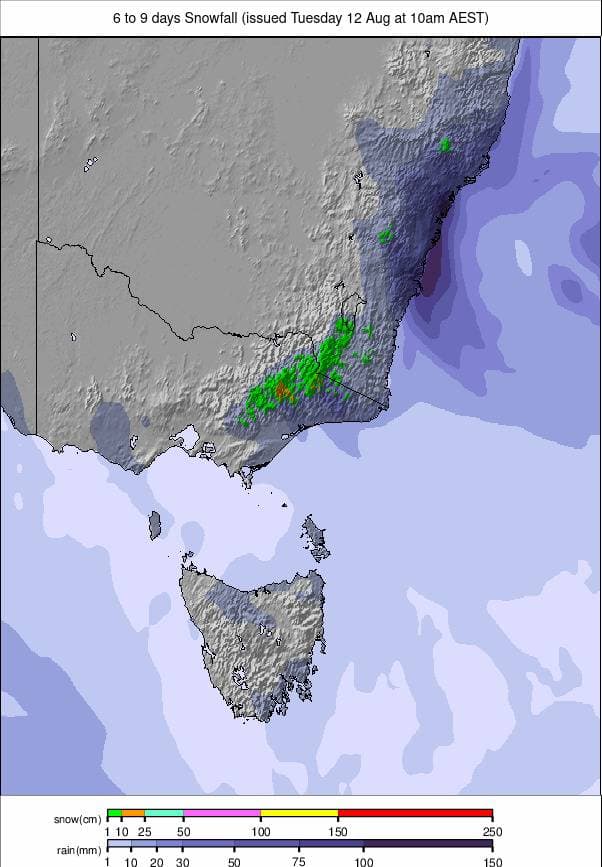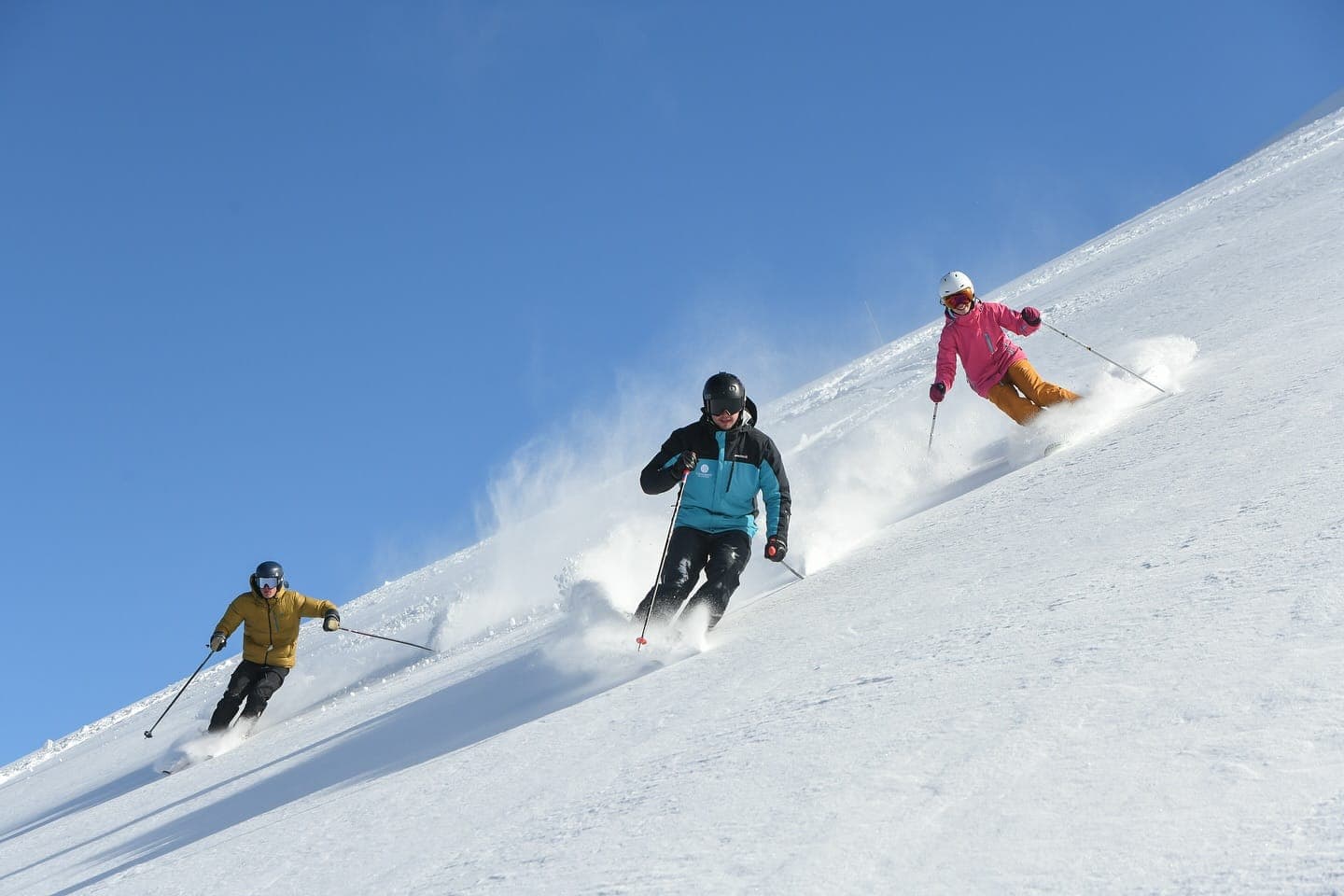
Perisher Reaches Full Operations as Australian Resorts Lead Southern Hemisphere
Published Date:
Categories
Australian Resorts Dominate Southern Hemisphere Ski Scene
The 2025 Southern Hemisphere ski season has taken an unexpected turn, with Australian resorts emerging as the standout performers. Perisher, the country's largest ski area, has achieved a milestone by reaching 100% operational capacity - a rarity in recent years and a clear indicator of the exceptional conditions currently prevailing across Australian slopes.
This development comes as part of a broader trend of strong performances across Australian ski fields, contrasting sharply with the mixed fortunes experienced by other major Southern Hemisphere ski destinations. While marketing departments may be quick to label this a 'winter wonderland', the reality is more nuanced, with each region facing its own set of challenges and opportunities.

Perisher's full operational status is certainly noteworthy, with all 45 lifts now running and over 3,000 acres of terrain accessible. This level of access is unusual for Australian resorts, which often struggle to maintain extensive coverage throughout the season. Other major Australian resorts are not far behind, with Mt Buller also reporting all lifts operational and Mt Hotham boasting 96% of terrain open.
The snowpack depths across these resorts are hovering around the 120cm mark on upper slopes - respectable figures by Australian standards, though still modest compared to premier Northern Hemisphere destinations. It's worth noting that these measurements often reflect the most favourable spots on the mountain and may not represent average conditions across all runs.
New Zealand's season presents a more varied picture. While Mt Hutt leads the Southern Hemisphere with an impressive 158cm base, other Kiwi resorts are grappling with less favourable conditions. The North Island's Mt Ruapehu fields continue to operate with minimal terrain, underscoring the often feast-or-famine nature of New Zealand's ski season.
South American resorts, particularly in Argentina, are facing a challenging year. Cerro Catedral, the continent's largest resort, reports less than 10% of slopes open - a stark reminder of how vulnerable lower-altitude resorts can be to climate variability. Chile fares somewhat better, with resorts like Portillo and Nevados de Chillán boasting respectable snow depths after recent storms.

This divergence in conditions across the Southern Hemisphere underscores the increasing unpredictability of ski seasons globally. While Australian resorts are currently enjoying a banner year, it would be premature to interpret this as a long-term trend. Climate change continues to pose significant challenges to the ski industry worldwide, with lower-altitude resorts particularly vulnerable.
For skiers and snowboarders planning Southern Hemisphere trips, this season's developments highlight the importance of flexibility and thorough research. The strong performance of Australian resorts may attract increased visitor numbers, potentially leading to crowding issues at peak times. Conversely, the struggles of some South American destinations might result in quieter slopes but also limited terrain options.
Looking ahead, the industry must grapple with questions of long-term sustainability and adaptation strategies. While this season's success stories are worth celebrating, they should not distract from the broader challenges facing ski resorts in an era of climate uncertainty. As always, savvy snow sports enthusiasts would do well to keep a critical eye on conditions reports and resort marketing claims, focusing on concrete metrics rather than hyperbolic descriptions of 'powder paradises' or 'unparalleled experiences'.




